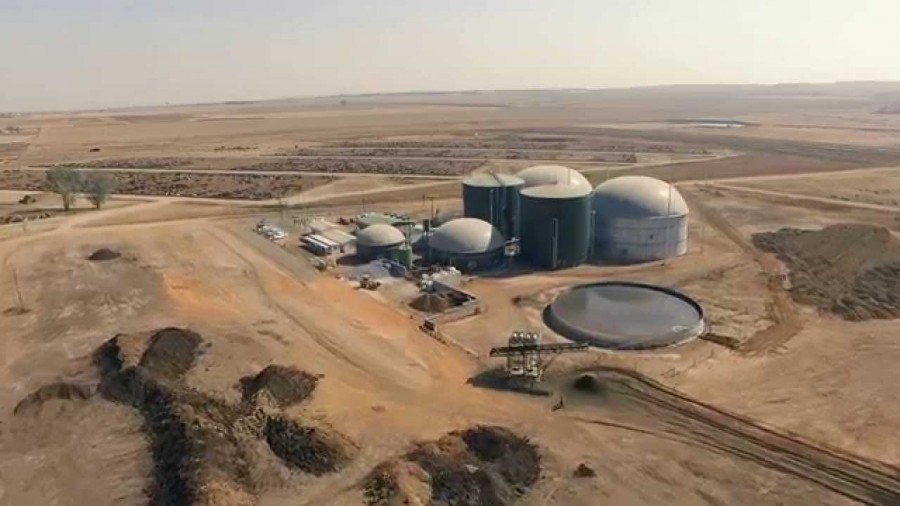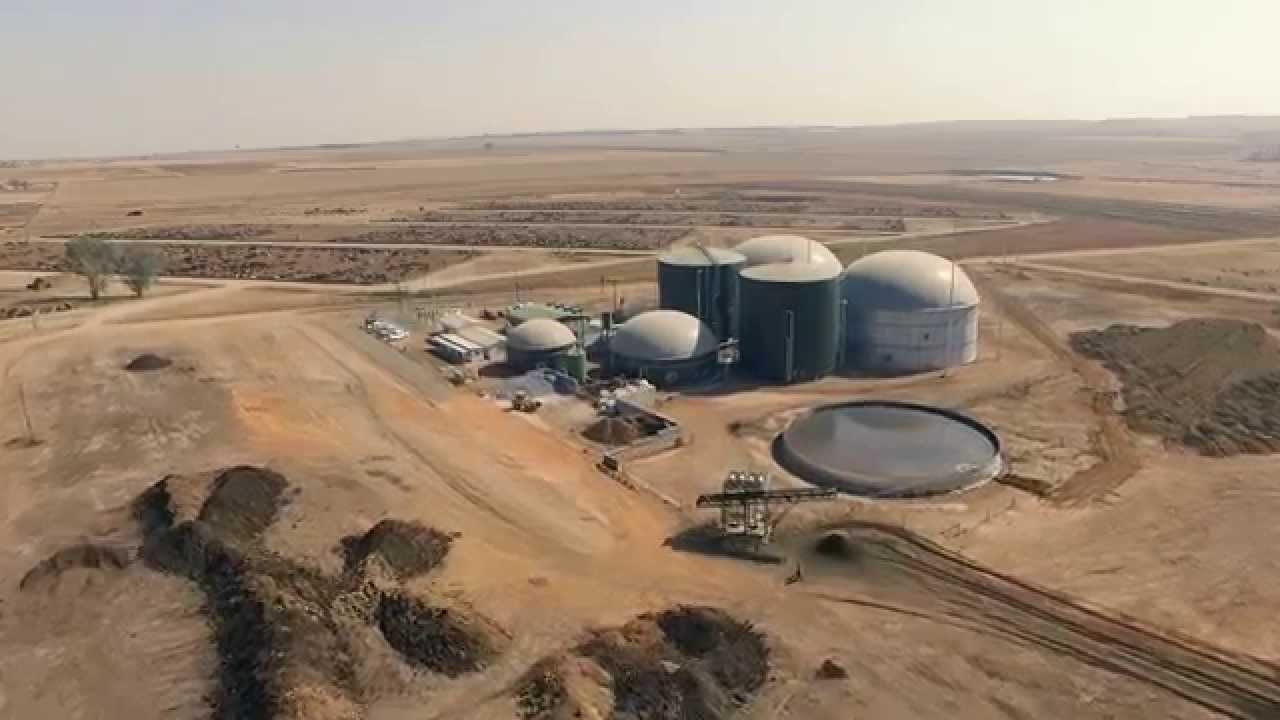
Car Production in Pretoria Driven by Dung
In a story coming out of Bronkhorstspruit, a company called Bio2Watt in October started giving off its first power created by cow dung and other waste, and one of the main users of its energy is a nearby BMW plant. See how it all works at the Bio2Watt plant serving BMW: According to a news report […]

In a story coming out of Bronkhorstspruit, a company called Bio2Watt in October started giving off its first power created by cow dung and other waste, and one of the main users of its energy is a nearby BMW plant.
See how it all works at the Bio2Watt plant serving BMW:
According to a news report this week, at the plant east of Pretoria – apparently the first of its kind in South Africa – 120 tonnes of bacteria-rich dung and 66 tons of recycled paper are mixed in a huge vat on the company’s property. Added to that is a steaming mix of old yoghurt, fruit juice and abattoir waste, which bubbles away at 52 degrees Celsius for 22 days. The methane gas it creates drives the company’s combustion engine, and then its alternator.
BMW South Africa started receiving power from the plant on 15 October. Through an agreement between BMW and Bio2Watt, the car company said, between 25 percent and 30 percent of BMW Plant Rosslyn’s electricity requirements will now be generated from renewable sources.
“The BMW South Africa/Bio2Watt renewable energy partnership is the first commercially viable biogas project,” BMW said.
The 40,000 cows on a farm next-door are a major contributor to the plant, even though their dung only contributes 25 percent of the final energy output, according to news reports. While the power created by the plant is only 4.4 MW, a tiny fraction of the 40,000 MW of Eskom, Bio2Watt said it is a good decentralized solution for energy needs.
The company’s chief Sean Thomas was quoted as saying that there are other plants like Bio2Watt’s that are being built.
While the power is still more expensive than Eskom’s, Bio2Watt said it would be competitive in the future. One plus is that the waste is put to good use after creating the methane. The liquid is used to irrigate the surrounding farming land and the solid is sold back to the farmers as a high quality fertilizer, Thomas was quoted as saying.